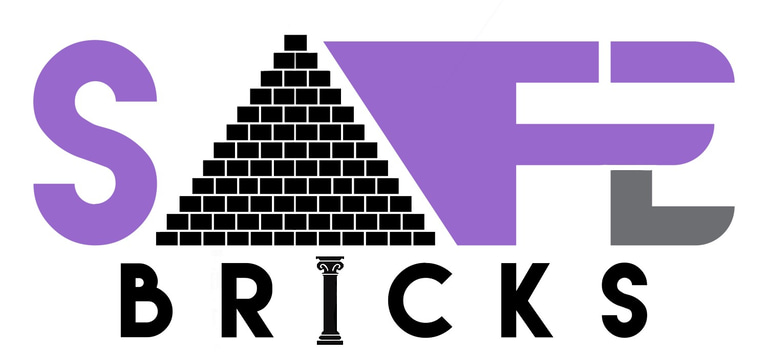Understanding Bungaroosh: Brighton’s Unique Wall Fabric, a Bungaroosh Builder's Perspective:
Brighton & Hove is dotted with quirky Victorian and Regency properties whose walls look like brick at first glance—but crack them open and you’ll discover bungaroosh. If you’re googling what is bungaroosh? or searching for a reliable bungaroosh builder, this guide explains the material’s origins, its vulnerabilities and how specialist bungaroosh builders protect it for the next century.
What is Bungaroosh?
Bungaroosh (pronounced “bunger-roosh”) is a local mix of lime mortar, beach flint, broken brick, chalk and anything else 19th-century builders could reach. Poured between shuttering boards, it set into a lightweight, insulating wall—perfect for rapid seaside expansion. The result is:
Highly porous fabric that “breathes” but soaks up moisture.
Irregular voids making it weaker than solid brick.
Salt content from sea-sprayed aggregates, leading to internal crystallisation.
Because each batch was improvised, no two walls are identical—one more reason to hire a true bungaroosh builder rather than a general contractor.
Common Problems With Bungaroosh Walls
Trapped damp when sealed with hard cement or acrylic paint.
Surface bulging where salts crystallise behind dense renders.
Shear cracks after installing new openings without correct pinning.
Crumbly reveals when gypsum plaster dries the lime out too quickly.
All of these issues can be cured, but they require lime skills and patience—not modern sand-cement patches.
How Specialist Bungaroosh Builders Approach Repairs
Moisture & salt testing – digital meters and chloride strips locate hidden damp.
Gentle removal of cement – handheld tools, avoiding rotary grinders that over-cut.
Salt-draw poultices – clay and paper paste changed every 48 hours until efflorescence slows.
Hot-lime pinning & pointing – breathable mortar reinstates strength without trapping water.
Three-coat lime render or limewash – shields the fabric while letting it exhale.
For a detailed walk-through, see Rendering Bungaroosh Walls — Techniques & Pitfalls and the Cost of Bungaroosh Restoration guide.
When You’ll Need a Bungaroosh Builder
Planning a bungaroosh basement conversion and need tanking that still breathes.
Opening a rear wall for bifold doors in a Regency terrace.
Stripping cement render on a bow-fronted façade in Brunswick Town.
Ending persistent damp patches and black mould in a Hanover bedroom.
In each case, the workmanship must respect both building-control rules and conservation-area aesthetics.
Why Safe Bricks Limited Fits the Bill
We work exclusively with hot-lime mortars and breathable renders.
Every lime mason carries SPAB or Heritage Skills accreditation.
Moisture readings and photo reports are shared weekly, so you know the wall is truly drying.
Our bungaroosh & lime render service is backed by a ten-year workmanship warranty.
Quick Maintenance Tips from a Bungaroosh Builder
Keep gutters clear; bungaroosh loves to soak up overflow.
Avoid cement-based filler—use lime putty for small cracks.
Limewash every five to seven years to maintain weather protection.
Ready to Talk Bungaroosh with Your Local Builder?
Call 07459 174 692, email info@safe-bricks.com or book a free site survey. We’ll diagnose issues, outline costs and give your historic wall fabric the breathable future it needs.
Get in Touch Today!
Book today—receive moisture data, a repair strategy and a fixed-price quote.
Safe-Bricks Limited © 2025. All rights reserved.




